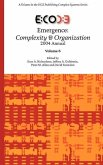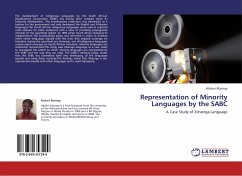We are pleased to present a Special Issue of Languages on the topic of Sign Language Emergence. Sign languages are the only extant languages that can be caught in the act of being born and developing with no model, and they, therefore, offer the only empirical evidence for language emergence in human societies. We have brought together a collection of articles on emerging sign languages that contribute a great deal to our current understanding of this process. This Special Issue covers eleven different emerging sign languages around the world. The articles deal with several aspects of language emergence, including, most notably: (1) the relationship between the emerging language and the culture of the larger society; (2) the role of iconicity in the emergence of sign language; (3) the relationship between the shared context in a small signing community and the degree of variation in the vocabulary; and (4) the vulnerability of budding sign languages. Spoken creole languages are also young, but are different from emerging sign languages, in that the speakers of pidgins from which creoles are assumed to have descended already had native languages. One article compares the features of creoles and of emerging sign languages. We are especially pleased with the diversity and breadth of interests of the contributors to the volume, who are based on four continents. The languages that they cover are equally diverse in their geographical provenance.








